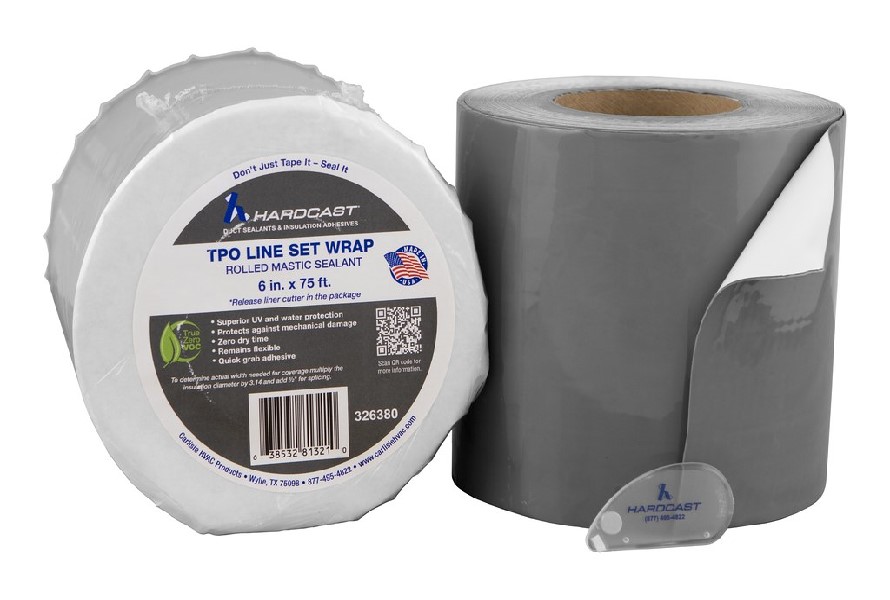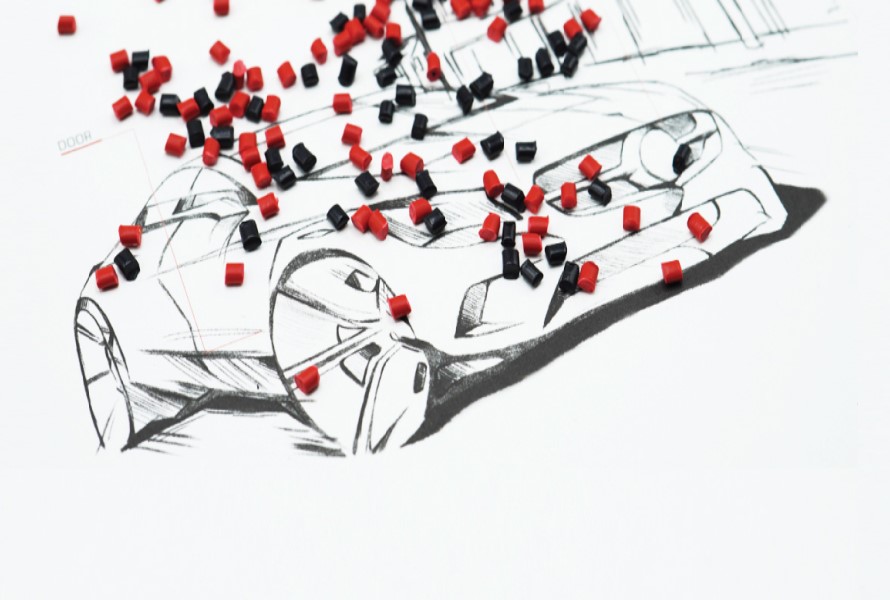TPO material is a popular choice in many industries, especially in roofing and automobiles. However, their alternatives can surprise you with their features and performances as well.
Let’s dig into the article right now to figure out these materials and how they can replace TPO! Scroll down!
Read more: TPO Material: The Pros and Cons You Need to Know

1. Six Alternative Materials to TPO Material
There are 6 alternatives to TPO material with their own features suitable for specific applications.
- Ethylene Propylene Diene Monomer (EPDM) is an artificial rubber and an outstanding material in terms of ozone, heat, and weather resistance. It is also light stable and UV stable, so it can be used for applications like roofing membranes, automobiles, seals, gaskets, and weather stripping.
- Polyvinyl Chloride (PVC): PVC is a highly versatile and robust thermoplastic used in the production of automotive parts, profiles and frames, pipes and conduits, cables and sheathing, and membranes. It provides fire, chemical, and abrasion resistance. However, the material may not be as eco-friendly as TPO due to concerns about plasticizers and additives.
- Ethylene Propylene Rubber (EPR): EPR is a synthetic rubber with special qualities (including superior thermal stability, electrical insulation, and weather resistance) that is used in cable insulation, roofing membranes, seals, and gaskets.
- Chlorinated Polyethylene (CPE): This multipurpose thermoplastic elastomer has such remarkable qualities as flexibility, durability in the open air, and the ability to withstand impact, high temperatures, ozone, and chemical substances. This flexible polymer is employed in coating wires, hoses, roofings, and automotive uses, among many other uses.
- Polyethylene (PE): Even though it is not as heat-tolerant as TPO, PE is a relatively inexpensive and versatile thermoplastic used in pipes, packaging, geomembranes, and automotive parts.
- Polypropylene (PP): PP is a thermoplastic material that is used in home appliances, automotive industries, medical products, and packaging sectors due to features such as excellent strength, high dimension accuracy, stability, stiffness, and chemical resistance. However, it may not possess the same level of impact resistance as the TPO material.
2. Comparing The TPO Material Alternatives
| |
Pros |
Cons |
Highlighted applications |
Price |
| Ethylene Propylene Diene Monomer (EPDM) |
Durable
Flexible
Good weather and UV resistant
|
It can cost more than other alternatives |
Roofing
Seals, hoses and gaskets for automobiles
|
EPDM has a similar price to TPO material. It can rise or fall, depending on regions and manufacturers.
|
| Polyvinyl Chloride (PVC) |
Durable
Versatile
Chemical resistant
Affordable
|
The material can become brittle after a long time of using it, affecting its longevity.
There are some environmental concerns about PVC
|
Roofing
Electrical insulation
Plumbing
|
Its price varies based on its formulation and quality. In general, it’s similar to the price of TPO. |
| Ethylene Propylene Rubber (EPR) |
Flexible
Good elasticity
Chemicals and weather resistant
|
Its weather resistance can be a concern in extreme conditions.
|
Seals and hoses for automobiles |
EPR can be more expensive than TPO material in some cases, depending on the features and applications.
|
| Chlorinated Polyethylene (CPE) |
Flexible
Durable
Good chemical resistant
|
The material may not work well in cold temperatures due to stiffness. |
Wire and cable insulation
Hoses
|
Its price varies widely. It can be similar or lower than TPO’s price. |
| Polyethylene (PE) |
Lightweight
Flexible
Chemical resistant
Recyclable
|
Lower tensile strength |
Packaging
Containers
|
PE’s price is quite lower than TPO, especially in its basic forms. |
| Polypropylene (PP) |
Lightweight
Tough
Heat and chemical resistant
|
The material is prone to fatigue and creep. |
Packaging
Containers
|
PP is also less expensive than TPO material. |
3. Conclusion
There are different alternatives to TPO material with their own advantages and disadvantages. Choosing the best replacement depends on the application requirement, budget and environmental concerns. Thus, remember to consider these issues before deciding on an option suitable for your project.
4. An Introduction on EuroPlas PP Engineering Plastic Compound
EuroPlas has a list of engineering plastic compounds blending PP resins with additives to enhance the properties of the final product. The perfect combinations create a single material with all functions in one, making the production process easier and faster.

We offer:
- PP glass fiber compound: It's a combination of PP resin, glass fiber, and other specific additives. The mixture has less shrinkage and has better stiffness, impact, and heat resistance. You can use it for car doors, kettle handles, rice cooker covers, etc.
- PP glass bead compound: It's a mixture of PP resin, glass beads, and specific additives. It's well-known for its improvement of wear resistance of the final products, minimized cracks, and shrinkage. It's suitable for home appliances, interior, and automotive decoration.
- PP talc compound: It's a blend of talc powder and appropriate additives based on end-product requirements. It has reduced shrinkage, less risk of being stretched due to temperature, and better flexural strength. Outdoor equipment, motorcycles, and car interiors are common applications.
- PP BaSO4 compound: The material comprises PP resin, BaSO4, and suitable additives. It can reduce deformation and enhance stability, hardness, and gloss. It's ideal for sanitary ware, water purifiers, vacuum cleaners, rice cookers, etc.
- PP conductive compound: The compound combines PP resin and carbon black conductive. It helps increase the stability and conductivity of the end products. You can use it for household appliances, pumps, pipes, ESD film, etc.
- PP flame retardant compound: The main components of the PP-FR compound are polypropylene (PP) resin and halogen/non-halogen flame retardant. It has better flame retardancy, which is ideal for household electrical and electronic equipment.
Contact EuroPlas for more details!